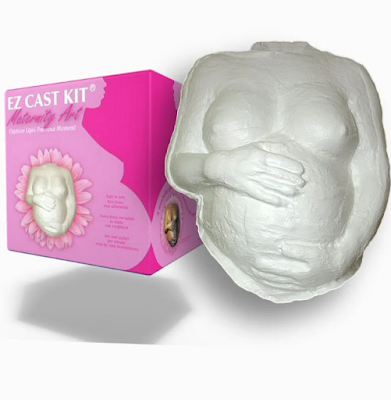Casting is the art of making a replica of an object right down to its shape, dimensions and intricate surface details. The first step is to make a mold of the model before proceeding to the casting. The cast can be in the same material as the model or a different one like resin, rubber, plaster, concrete, etc. In case of an art work cast, it can even be displayed on a mount with a brass name plate.
Making the mold plays a crucial role as this will dictate the quality of the final cast. However, casting cannot be dismissed as a simple process of just pouring the casting material into the mold either. There is a lot that can go wrong with the casting in case of lack of proper procedures and caution.
- Apply an appropriate release agent on the mold as this will allow for easy demolding without damaging the cast. However, going overboard can make the cast greasy and porous.
- Ensure that the casting material is bubble-free by mixing it under vacuum or even pouring the casting in a vacuum environment.
- Always shake the casting materials prior to use and follow the exact mix ratio as prescribed. This can affect the curing and make the cast soft, sticky or with weak spots.
- The casting material has to be mixed properly by scraping the sides and bottom of the container. Otherwise, strips of uncured material will show up on the final casting.
- Position the mold (and shell mold) properly as this can impact the shape of the casting. Always fill the mold till the brim to ensure that the proper dimensions and details are replicated in the casting.
- Always check that the mold is not leaking in any manner. Close corners and seams with clay or other sealant to ensure that the casting material does not end up seeping out of the mold.
- Temperature also affects the casting. Low temperature can increase the viscosity and processing time while too much time will accelerate the curing. Large temperature variances will impact the quality of the cast.
- Follow the timelines of pot time, working time, cure time and so on. Allow the casting material to sit in the mold for the appropriate time to ensure that it sets properly. Demolding too soon is a strict no-no. On the contrary, do not leave the casting in the mold for a prolonged time either!
Finally, the demolded cast can be finished as desired and even displayed with a customized name plate. EnvironMolds (https://www.artmolds.com/) offers a range of quality name plates engraved with varied options for personalizing the same. Additionally, the art supplier manufacturers and stocks a complete arsenal of materials, supplies, tools and equipment for mold making, casting and life casting.








